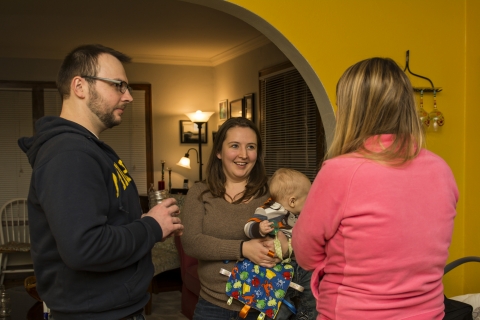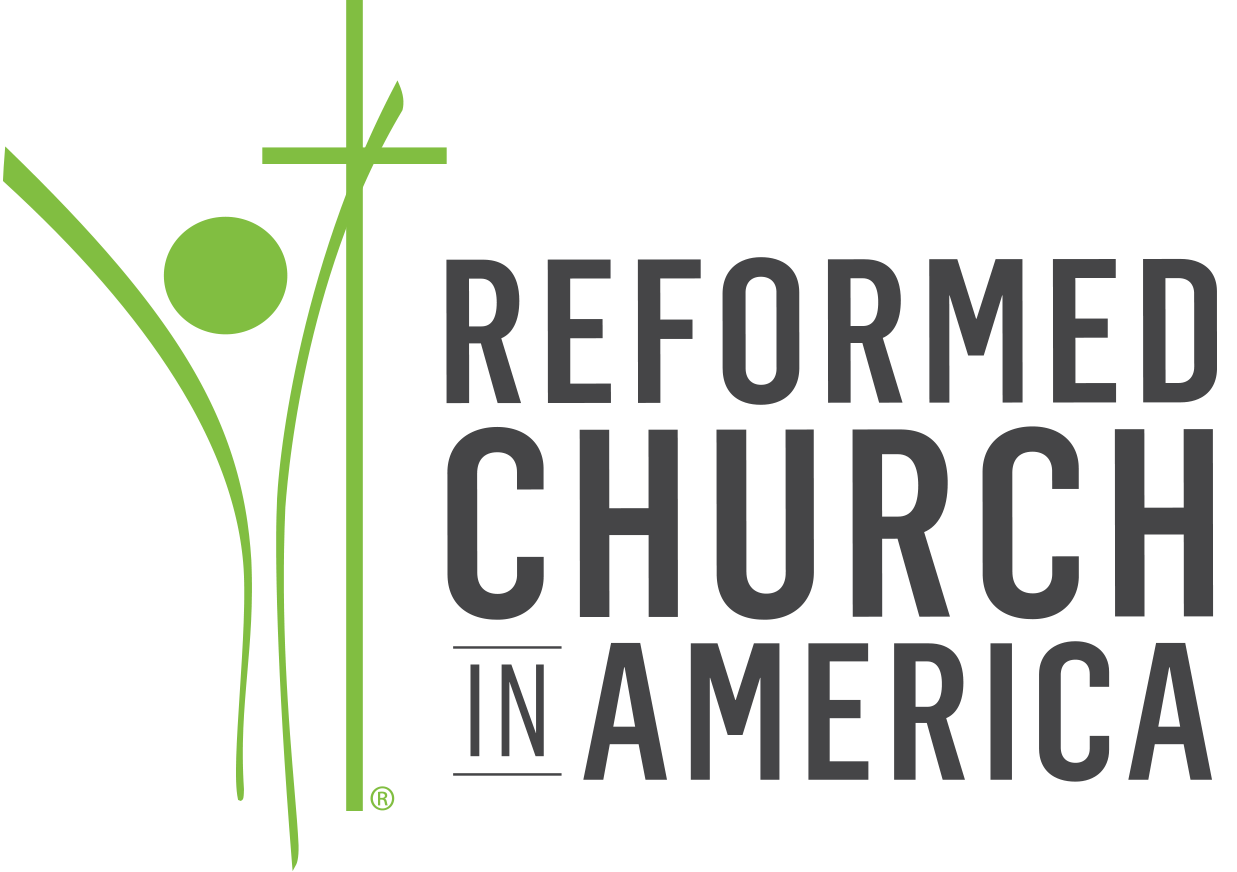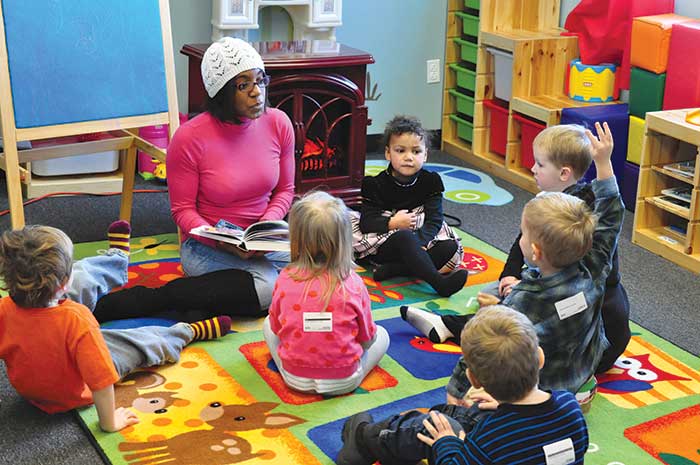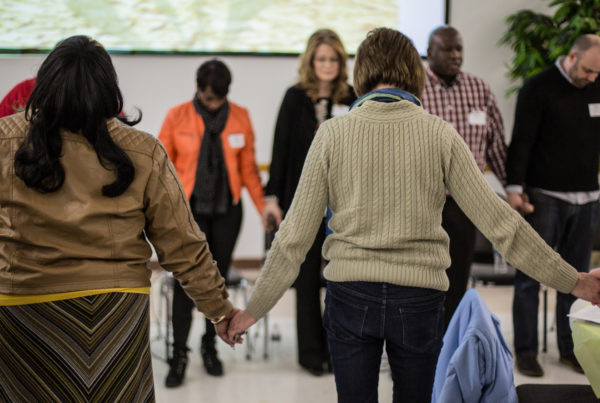After a planned closing and revamp, Grace Ann Arbor has emerged as a diverse and growing congregation, driven by interest from young professionals in the university city of Ann Arbor, Michigan.
A congregation ramps up impact after reboot
Grace Ann Arbor is a church that has come through a difficult journey—and an exciting one.
After a planned closing, revamping, and reopening in a new location, the church has emerged as a diverse and growing congregation, driven by interest from young professionals in the university city of Ann Arbor, Michigan.
“We really embrace the simple church model,” says lead pastor Sung Kim. “We focus on Sunday mornings and then our community groups during the week.”
Since its 2009 relaunch, the church has developed more than 20 community groups, almost all meeting in homes. Some are affinity groups (people with common interests or goals) such as graduate students, families with infants or older children, medical and business professionals, and singles.
It’s in the community groups that discipleship, Bible study, outreach and mission happen, according to the pastor.
“The plan isn’t for people to be at our (church) building as much as possible, but to be out there living life and loving their neighbors.”
 One example of the approach is an effort called “Helping Hands,” in which the congregation works together in an outreach to families that include children with special needs. It’s one of several ministries led by laypeople through Grace’s community groups.
One example of the approach is an effort called “Helping Hands,” in which the congregation works together in an outreach to families that include children with special needs. It’s one of several ministries led by laypeople through Grace’s community groups.
The way to Grace
Originally founded more than five decades ago as University Reformed Church, the congregation had a facility right on the doorstep of the giant University of Michigan central campus. A primary mission was reaching undergraduate students.
Through the years the church has been one of a number of church and parachurch ministries serving the campus. University-affiliated worshipers came and went, but a core of families kept the vision alive. On the other hand, their architecturally noteworthy sanctuary proved a huge expense in repairs and maintenance. “The building was cold and it leaked,” says Kim of the flat-roofed, four-story-high sanctuary. Pews were water-stained and worshipers often wore coats.
Longtime member Peter Jessup says although people loved the building’s original beauty and tradition, it was an albatross that was putting a drag on ministry as expenses loomed. Limited parking was also a continuing challenge.
A re-visioning led to the decision to sell the building and restart at a new location.
“Before we closed we had lots of meetings and discussions with questions and voting on things,” says Heather Wing, the church’s former campus ministry leader.
After another church purchased the building, the newly-named Grace Ann Arbor met at temporary locations on the campus. Not all the members stuck around. Wing, along with her husband Ben and infant daughter, were among those who stayed the course.
“The transition was big and it was too much, too fast for some,” says Wing, who now serves as interim children’s ministry director. “It was painful, but that happens with change.”
A worshiping group of under 100 was down to about 40 when the rebooted church prepared to launch in a new location—5,000 square feet of converted warehouse space less than three miles away.
Seizing an opportunity
Using proceeds from the building sale, Grace remodeled its leased space to fit its needs. The church rented extra space on Sundays from an adjacent daycare center. When the center moved, Grace assumed the lease and effectively doubled its square footage.
Other adjacent space also became available to the growing church, increasing its footprint. And it all came with adequate, off-street parking.
A savvy media campaign attracted attention to the congregation’s formal restart. Yard signs dotted lawns and public right-of-ways with simple messages such as “Finally, a church for young professionals” and “Finally, a church for young families,” directing people to Grace. Postcard mailers featured the same theme.
 The rather narrow target audience of the campaign drew a few disparaging comments from people outside the demographic. “But when people visited our worship and we talked with them, it’s amazing how many people saw the signs and thought, ‘Maybe we’ll try it,’” says Jessup.
The rather narrow target audience of the campaign drew a few disparaging comments from people outside the demographic. “But when people visited our worship and we talked with them, it’s amazing how many people saw the signs and thought, ‘Maybe we’ll try it,’” says Jessup.
Another campaign followed three years later. City bus billboards featured three ads with large photos of several congregation members and messages such as “simple. local. church.”
The developing church met its goal of becoming financially self-sustaining within its first two years.
Building a foundation
The Dayney family began attending Grace two years ago. “We first came with another couple and their daughter the same age as ours,” says Tim Dayney. “We stayed because of the kids group. And we’ve enjoyed the teaching and worship very much.” Dayney is a contractor; his wife is a nursing student. They’re now in a community group.
Through its first five years, Grace has gradually increased the scope of its children’s programs as needed. “This year we started a high school ministry, and last year we started with a middle school Sunday school program,” says Wing, also a youth leader.
Kim says that Grace has established leadership circles with an accountability component to undergird its growth.
“It’s out of those circles that we are reproducing leaders—deacons and elders within the church.”
The church has also developed a multi-ethnic flavor: a Caucasian majority but with Asian, African American, and Hispanic families all represented.
“It’s similar to the community here in Ann Arbor,” Kim says.
Gracefully going forward
Last fall, Grace Ann Arbor celebrated five years since its rebirth. The church now has three full-time and four part-time staff. Approved last year, a merger with another RCA church—the former Cross Winds Community Church in nearby Canton, Michigan—gives Grace a second campus. It’s called Grace Canton, and Jon Beyer has transitioned from lead pastor to campus pastor.
The Ann Arbor site now features two identical Sunday morning worship services with more than 650 total attendees. Kim says a third service is planned to be added this fall, as their worship space is already filled to capacity.
“My daughter and I have attended for the past month,” a recent visitor posted on the church’s Facebook page. “It’s a solid congregation full of Jesus followers. A hugely diverse group of people with one thing in common; Grace is for everyone.”
This year the church is beginning a social nonprofit called “Cultivate” in Ypsilanti, a smaller town just 10 miles away. It is not another church site, but Kim calls it “our collective missional expression of being a church in the ‘third place’ outside our walls.”
Grace still has impact on the university through its community groups.
“Actually, we now have three to four times as many graduate students as we did when we were on the campus,” says Jessup.
“We’re not a ministry to the campus, but a ministry of people who are on the campus and in the community.”
Pray for congregations that are discerning or navigating big changes as they follow God’s call.
Thank God for ministries that engage college, university, or graduate students where they are.
For help bringing more vitality to your congregation, contact thriving@rca.org.





